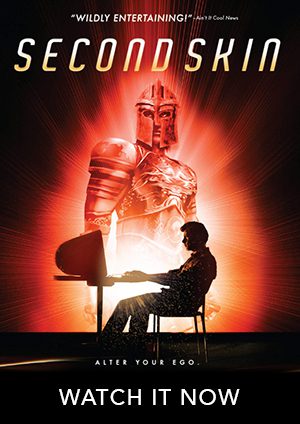
It’s always funny to think about words beginning from somewhere. Today I’ve been thinking about Ansible. I always thought it came from one of my favorite books, (Orson Scott Card’s) ‘Ender’s Game’. For some reason I’ve been using this word in sentences recently to mean ‘whenever you broadcast something to people’. I guess that’s just how I remember it being used in the book (except that it was used by the aliens to speak over interstellar distances).
This is the real etymology, and it all comes from another favorite of mine Urusla K. LeGuin. Here is the excerpt from wikipedia:
Origin
The word ansible was coined by Ursula K. Le Guin in her 1966 novel, Rocannon’s World.
Le Guin states that she derived the name from “answerable,” as the
device would allow its users to receive answers to their messages in a
reasonable amount of time, even over interstellar distances.Her award-winning 1974 novel The Dispossessed tells of the invention of the ansible within her Hainish Cycle.Usage
The name of the device has since been borrowed by authors such as Orson Scott Card, Vernor Vinge, Elizabeth Moon, Jason Jones, L.A. Graf, and Dan Simmons. Similarly functioning devices are present in the works of numerous others, such as Frank Herbert and Philip Pullman, who called it a lodestone resonator.The subspace radio, best known today from Star Trek
and named for the series’ method of achieving faster-than-light travel,
was the most commonly used name for such a faster-than-light (FTL)
communicator in the science fiction of the 1930s to the 1950s.One ansible-like device which predates Le Guin’s usage is the Dirac communicator in James Blish‘s 1954 short story “Beep”. Isaac Asimov solved the same communication problem with the hyper-wave relay in The Foundation Series. Stephen R. Donaldson, in his Gap Series, introduces Symbiotic Crystalline Resonance Transmission, clearly ansible-type technology which is very difficult to produce and limited to text messages.Le Guin’s ansible was said to communicate “instantaneously”,
but other authors have adopted the name for devices explicitly only
capable of finite-speed communication (though still faster than light).





1 Response
[…] Read more from the original source: Etymology 101: Ansible – A hypothetical machine capable of … […]